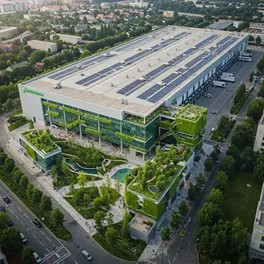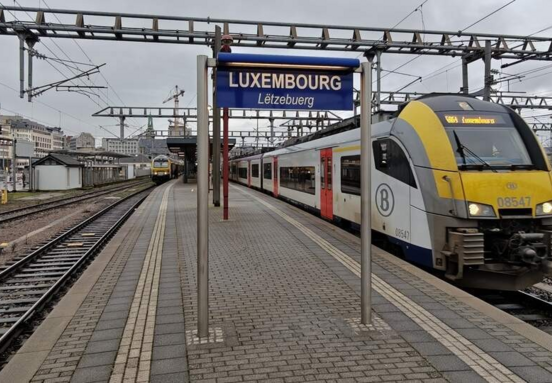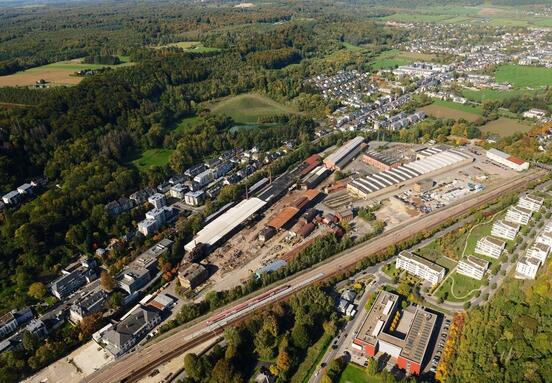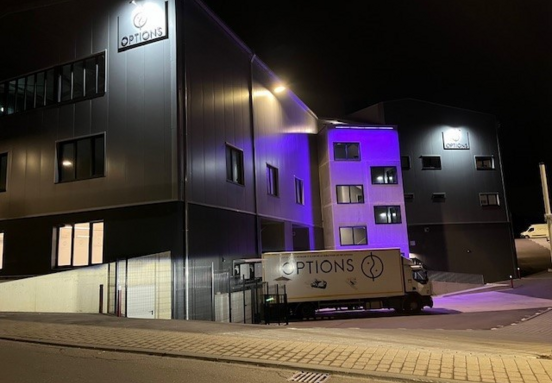Navigating the European logistics property market
The European logistics real estate sector is experiencing significant shifts. For businesses seeking warehouse, distribution, or office space within logistical hubs, understanding these dynamics is crucial for making informed decisions about location, size, and facility type.
Key trends shaping logistics space needs
Several major trends are directly influencing the demand and characteristics of logistics properties:
E-commerce Boom: The continued surge in online retail requires more storage and fulfillment centers, closer to consumers. This means higher demand for well-located warehouse space, often with specialized features for handling individual orders.
Urbanization and Last-Mile Delivery: As populations concentrate in cities, the need for 'last-mile' delivery hubs close to urban centers is growing. Businesses need smaller, strategically located facilities in or near cities to ensure quick and efficient delivery.
Focus on Sustainability: Environmental concerns are driving demand for greener buildings. Businesses are increasingly looking for energy-efficient warehouses with features like solar panels, LED lighting, and sustainable materials, often driven by corporate goals and potential regulatory requirements.
Opportunities for businesses seeking space
Despite a competitive market, opportunities exist:
Strong Demand & Rental Growth: While this can mean higher costs, it also reflects a healthy, active market where logistics operations are thriving. Securing well-located space positions your business for growth.
Portfolio Diversification: Europe offers a wide range of locations, allowing businesses to establish networks that serve different regions effectively, reducing reliance on a single hub.
Emerging Markets in Eastern Europe: Regions like Poland, Czech Republic, and Hungary offer potentially lower costs and growing infrastructure, providing alternatives to saturated Western European markets.
Challenges and considerations
Businesses must also be aware of potential hurdles:
Market Saturation: Finding prime locations in established logistics hubs in Western Europe can be challenging due to high demand and limited availability.
Regulatory Complexities: Navigating different planning laws, building codes, and environmental regulations across various European countries requires careful due diligence.
Economic Uncertainty: Broader economic fluctuations can impact business growth plans and the stability of rental agreements.
Technological Disruption: The need to integrate automation and technology (like robotics and AI) into warehouse operations means businesses require facilities that can support these advancements, potentially requiring upgrades or specific building specifications.
In conclusion, the European logistics real estate market presents both exciting opportunities and significant challenges. Businesses looking to rent space must carefully evaluate their specific needs against these market dynamics to secure facilities that will support their operational efficiency and future growth.
Source: kpmg.com







